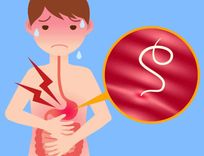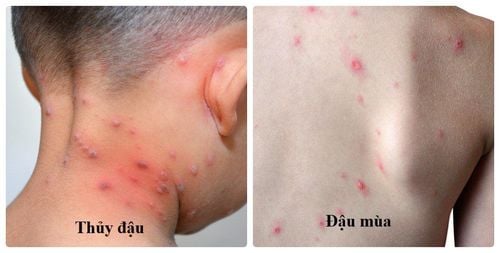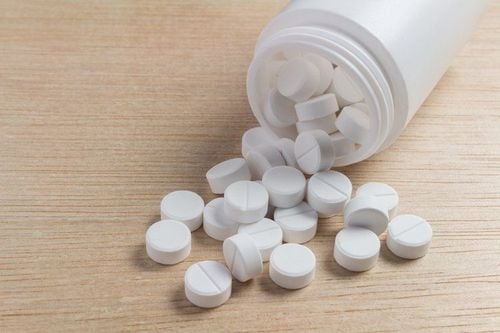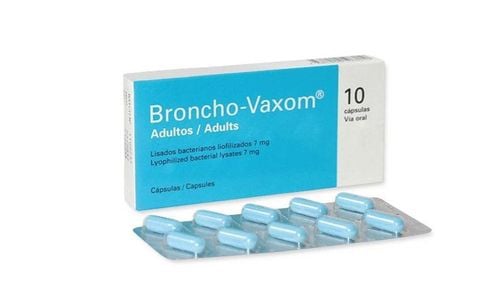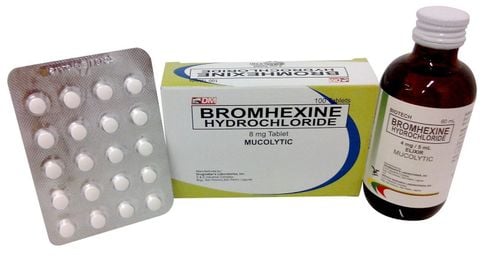Article professionally reviewed by Pediatricians from the Neonatology Department, Vinmec Nha Trang International General Hospital.
Phlegm aspiration or choking on phlegm in children, if not properly monitored and prevented, can lead to serious consequences. A child experiencing fever accompanied by a phlegmy cough might be showing signs of respiratory tract and nasal-throat infections. During such instances, excessive phlegm in the throat causes discomfort and severe coughing. Younger children, who cannot expel phlegm on their own (e.g., through spitting or coughing), are particularly prone to phlegm aspiration, especially when they are coughing.
1. First Aid for Phlegm Aspiration in Children
- Positioning: Lay the child face down on your forearm, with their head tilted downward. Gently pat the child’s back 5–7 times to help expel phlegm or any obstruction in the throat.
- Manual Extraction: If the above method is ineffective, turn the child’s face to the opposite arm. Inspect their mouth, and if phlegm or an obstruction is visible, wrap a clean gauze around your finger and gently remove it. However, avoid inserting your finger too deeply, as it may cause injury.
- Chest Compressions: If the phlegm still cannot be expelled, keep the child in the same position and use two fingers (index and middle) to press firmly on the lower half of the child’s sternum for about three seconds each time. This induces artificial coughing to dislodge the obstruction.
- Back-Up Method: If all methods fail, lay the child on their back and press the lower sternum area with two fingers, performing five consecutive compressions.
- Medical Assistance: Parents should promptly take the child to the nearest healthcare facility for examination and further treatment if necessary.
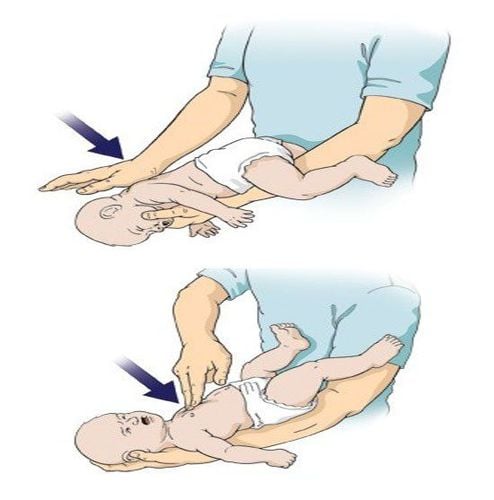
2. Preventing Phlegm Aspiration in Children
Children with fever and phlegmy coughs require careful care to avoid the risk of aspiration:
Hydration: Ensure the child drinks plenty of water or milk to thin the mucus in the throat.
Suction Support: Assist the child by suctioning phlegm from their nose and throat.
Positioning: To prevent phlegm aspiration, lay the child on their side and gently pat their back using cupped hands in a downward and inward motion, 2–3 times a day for a few minutes. This helps loosen phlegm.
Steam Inhalation: For older children, steam inhalation can help loosen thick phlegm for easier expulsion.
Medical Consultation: Take the child to a doctor for an appropriate diagnosis and medication prescription. Avoid self-medicating with cough medicines, as they may hinder the clearance of phlegm, increasing the risk of aspiration.

Children with prolonged fever and phlegmy coughs, especially infants, often experience discomfort and irritability, raising the risk of phlegm aspiration. Therefore, parents must remain vigilant and know how to manage such situations effectively.
The Pediatric Department at Vinmec International General Hospital specializes in diagnosing and treating common conditions in infants and young children, such as viral fevers, bacterial fevers, middle ear infections, and pneumonia. With modern facilities and a clean environment to minimize contamination risks, the department provides care with the dedication and expertise of experienced pediatricians, ensuring peace of mind for parents.
To arrange an appointment, please call HOTLINE or make your reservation directly HERE. You may also download the MyVinmec app to schedule appointments faster and manage your reservations more conveniently.




